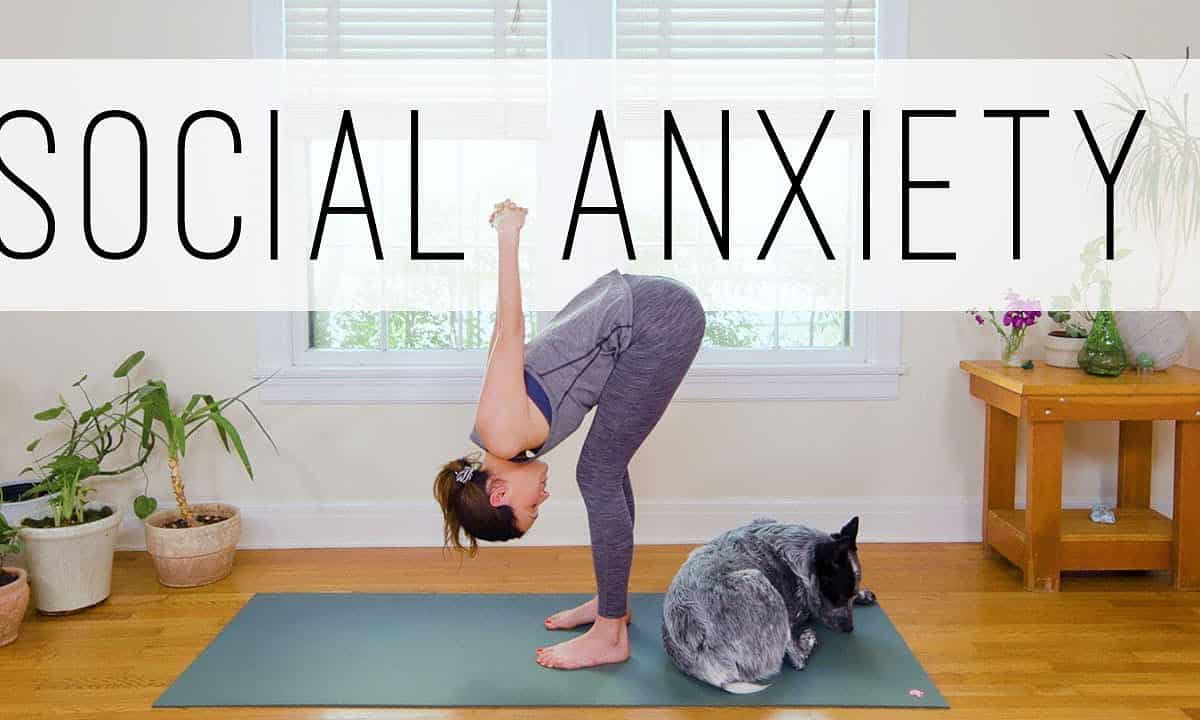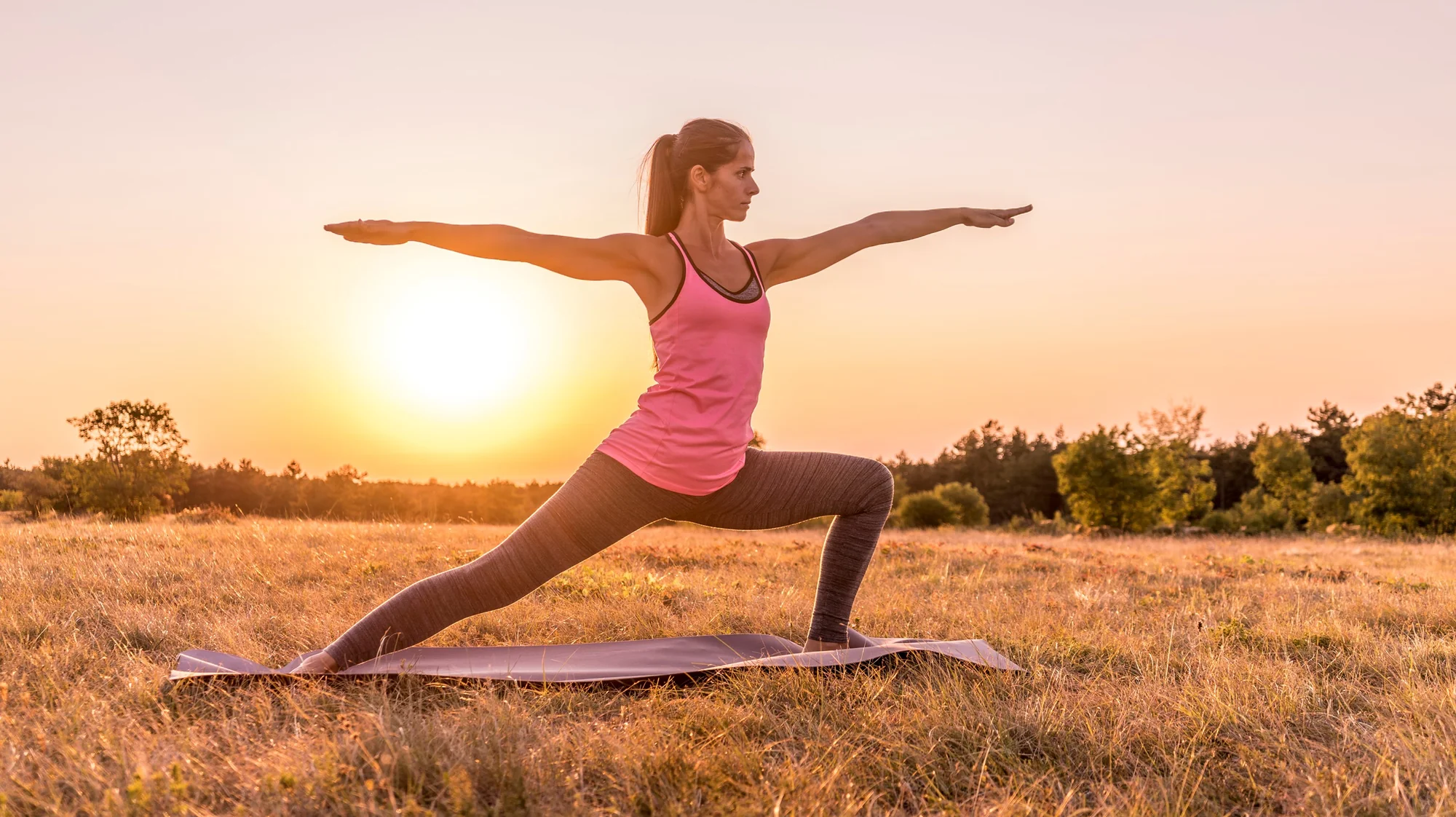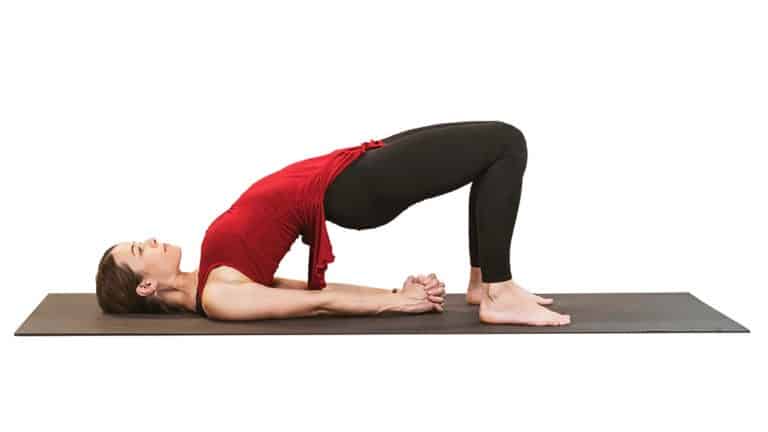Yoga for social anxiety, why not? If you struggle with social anxiety, you’re not alone. Many people experience feelings of stress and unease in social situations, making it difficult to fully engage and enjoy life.
However, there is a natural and effective way to manage social anxiety – yoga. Incorporating yoga into your routine can provide numerous benefits, including reducing stress and anxiety, improving self-confidence, and enhancing mindfulness and self-awareness.
In this article, we will explore specific yoga poses, breathing techniques, and sequences that can help alleviate social anxiety. So, let’s dive in and discover how yoga can transform your social anxiety into a sense of calm and confidence.
Benefits of yoga for social anxiety
Reduces stress and anxiety
One of the primary benefits of yoga for social anxiety is its ability to reduce stress and anxiety. Through the practice of yoga, you engage in physical movement, deep breathing, and mindfulness, all of which work together to calm the nervous system and promote relaxation.
Regular yoga practice can help regulate your body’s stress response, making you less reactive to social triggers and more at ease in social situations.
Improves self-confidence
Social anxiety often stems from a lack of self-confidence and fear of judgment. Yoga can help boost your self-confidence by encouraging self-acceptance and self-love.
As you progress in your yoga practice, you’ll notice improvements in strength, flexibility, and balance, which can translate to increased confidence in your physical abilities.
Additionally, the mindfulness aspect of yoga allows you to cultivate a positive mindset and develop a deeper understanding of yourself, leading to greater self-assurance in social interactions.
Enhances mindfulness and self-awareness
Mindfulness is a key component of yoga and can be a powerful tool for managing social anxiety. By practicing mindfulness during yoga, you learn to focus your attention on the present moment, letting go of worries about the past or future.
This skill can be applied to social situations, helping you stay grounded and fully engaged in the present. Furthermore, yoga promotes self-awareness, allowing you to recognize and understand your thoughts, emotions, and physical sensations.
This heightened self-awareness can help you identify triggers and patterns related to social anxiety, empowering you to make positive changes.
Specific yoga poses for social anxiety
Child’s Pose (Balasana)
Child’s Pose is a gentle and comforting pose that can help calm the mind and release tension in the body. To practice this pose, start by kneeling on the floor with your knees hip-width apart.
Slowly lower your torso down, resting your forehead on the mat and extending your arms forward or alongside your body. Take deep breaths and allow yourself to surrender to the pose, feeling a sense of security and relaxation.
Tree Pose (Vrksasana)
Tree Pose is a balancing pose that promotes stability and focus. Stand tall with your feet hip-width apart and shift your weight onto one leg. Place the sole of your other foot on your inner thigh, avoiding the knee joint.
Bring your hands to your heart center or extend them overhead. Find a steady gaze point and breathe deeply, feeling rooted and connected to the earth.
Warrior II Pose (Virabhadrasana II)
Warrior II Pose is a powerful pose that builds strength and confidence. Begin by standing with your feet wide apart, turning your right foot out and your left foot slightly in.
Bend your right knee, keeping it directly above your ankle, and extend your arms out to the sides, parallel to the floor. Gaze over your right fingertips and breathe deeply, embodying the strength and courage of a warrior.
Bridge Pose (Setu Bandhasana)
Bridge Pose is a gentle backbend that opens the heart and releases tension in the chest and shoulders. Lie on your back with your knees bent and feet hip-width apart.
Press your feet into the mat, lift your hips off the ground, and interlace your hands underneath your body. Roll your shoulders back and down, lengthen your neck, and breathe deeply, feeling a sense of openness and vulnerability.
Yoga breathing techniques for social anxiety
Deep belly breathing
Deep belly breathing, also known as diaphragmatic breathing, is a simple yet effective technique for calming the nervous system and reducing anxiety. Sit or lie down in a comfortable position and place one hand on your belly.
Take a slow, deep breath in through your nose, allowing your belly to rise. Exhale slowly through your mouth, feeling your belly fall. Repeat this deep belly breathing for several minutes, focusing on the sensation of your breath and allowing any tension to melt away.
Alternate nostril breathing
Alternate nostril breathing is a balancing and calming breathing technique that can help regulate your energy and promote a sense of calm. Sit in a comfortable position and bring your right hand to your face. Use your right thumb to close your right nostril and inhale deeply through your left nostril.
Then, close your left nostril with your ring finger and exhale through your right nostril. Continue this pattern, alternating nostrils with each breath, for several minutes, feeling a sense of balance and harmony.
Ujjayi breathing
Ujjayi breathing, also known as victorious breath, is a deep and audible breath that can help calm the mind and increase focus. Begin by sitting in a comfortable position and take a slow, deep breath in through your nose.
As you exhale, slightly constrict the back of your throat, creating a gentle hissing sound. Continue this deep, audible breathing for several minutes, allowing the sound to anchor your attention and bring a sense of tranquility.
Yoga sequences for social anxiety
Morning energizing sequence
– Start in Mountain Pose (Tadasana) and take a few deep breaths to center yourself.
– Flow through Sun Salutations (Surya Namaskar) to warm up your body and energize your mind.
– Practice standing poses such as Warrior I (Virabhadrasana I) and Triangle Pose (Trikonasana) to build strength and stability.
– Include heart-opening poses like Camel Pose (Ustrasana) and Cobra Pose (Bhujangasana) to cultivate self-confidence and openness.
– Finish with a seated meditation, focusing on your breath and setting positive intentions for the day ahead.
Evening relaxation sequence
– Begin in Child’s Pose (Balasana) to release tension and calm the mind.
– Transition into Legs-Up-The-Wall Pose (Viparita Karani) to promote relaxation and relieve anxiety.
– Practice gentle forward folds like Seated Forward Bend (Paschimottanasana) and Standing Forward Bend (Uttanasana) to quiet the mind and release stress.
– Include restorative poses such as Supported Bridge Pose (Setu Bandha Sarvangasana) and Corpse Pose (Savasana) to deeply relax the body and mind.
– End with a guided relaxation or meditation to promote a restful night’s sleep.
Additional tips for managing social anxiety through yoga
Practice regularly
Consistency is key when it comes to reaping the benefits of yoga for social anxiety. Aim to practice yoga at least a few times a week, if not daily, to experience lasting changes in your mental and emotional well-being. Set aside dedicated time for your practice and make it a priority in your schedule.
Combine yoga with other self-care practices
While yoga can be incredibly beneficial for managing social anxiety, it’s important to remember that it is just one piece of the puzzle. Incorporate other self-care practices into your routine, such as meditation, journaling, or engaging in activities that bring you joy and relaxation.
Finding a holistic approach to self-care can enhance the benefits of yoga and support your overall well-being.
Seek professional help if needed
While yoga can be a powerful tool for managing social anxiety, it’s essential to recognize when additional support is necessary. If your social anxiety is significantly impacting your daily life and relationships, consider seeking professional help from a therapist or counselor who specializes in anxiety disorders. They can provide guidance, support, and additional strategies to help you navigate and overcome social anxiety.
Conclusion
Incorporating yoga into your life can be a transformative journey towards managing social anxiety. By practicing specific yoga poses, breathing techniques, and sequences, you can reduce stress and anxiety, improve self-confidence, and enhance mindfulness and self-awareness.
Remember to practice regularly, combine yoga with other self-care practices, and seek professional help if needed. Embrace the power of yoga and discover a sense of calm, confidence, and connection in social situations.
Originally posted 2023-03-27 08:19:30.
Yogi is a seasoned practitioner, teacher, and advocate for holistic well-being. He shared, “When I first started practicing yoga after long hours at my desk, I struggled with stiffness in my lower back. Through consistent practice of gentle Hatha poses, especially Cat-Cow and Sphinx, I noticed my posture improving. Studies from the NIH support that gentle spinal flexion can enhance circulation and reduce tension. Remember to move mindfully, never forcing your body — yoga meets you where you are.”








